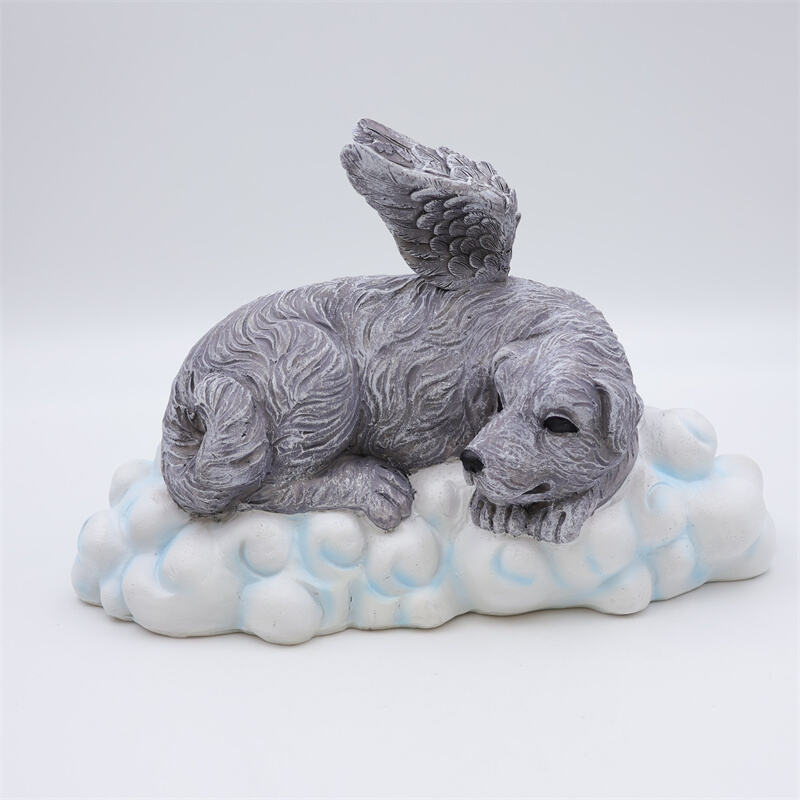A estrutura dos animais é fundamental a hora de crear unha escultura animal que pareza tan real como sexa posible. Como as persoas, os animais teñen ósos e músculos que lles permiten moverse e adoptar forma. Cando aprendes sobre outros animais, podes ver como funcionan os seus corpos e como están constituídos.
Ao facer esculturas de animais, é crucial comezar a esculpir cunha base forte, coñecida como armazón.
O armazón é semellante aos ósos da túa escultura. Sostén todo mentres estás engadindo capas de barro ou outro material. Ao darlle forma ao armazón para que se pareza aos ósos do animal que queres esculpir, podes asegurarte de que a túa peza final teña o aspecto que tes en mente.
E tamén deberías ter unha idea sobre os músculos dos animais, ademais dos ósos.
A capacidade de moverse e interactuar co mundo é tan común que a maioría de nós asume que non só é unha característica definitoria dos animais, senón unha inevitalidade biolóxica. Podes dar vida ás túas esculturas de animais esculpindo correctamente os músculos nos lugares axeitados.
Estas técnicas para engadir pelo, plumas, escamas e cousas semellantes son cruciais para dar vida ás túas esculturas.
Os animais teñen recubrimentos diferentes que os axudan a protexerse e a manter a temperatura adecuada. Tamén podes lograr o aspecto e tacto do pelo, das plumas ou das escamas mediante o uso de ferramentas, como selos de textura e ferramentas de talla.
Por exemplo, se estás esculpindo un león, poderías usar unha ferramenta de pente para suxerir a melena do león.
Se estás creando un paxaro, quizais premer un selo con textura de pena nas súas ás. Experimentar con diferentes ferramentas e métodos pode axudarte a lograr o que buscas na aparencia das túas esculturas de animais.
Outro elemento clave para representar animais realistas é transmitir sentimentos e movementos.
Do mesmo xeito que os humanos, os animais comunican a través da linguaxe corporal e das expresións faciais. Prestando atención a estas pequenas señais, podes axudar a dar vida ás túas esculturas con personalidade.
Para retratar emocións nas túas esculturas, considera o corpo do animal, o xeito no que está inclinada a súa cabeza, a expresión da súa cara.
O animal está ergueito, ou está nunha postura agachada e temerosa? A boca está aberta mostrando os dentes, ou é só unha insinuación dun suave sorriso? Esculpe os detalles para mostrar unha gama de emocións (para aqueles que vexan o teu traballo).
Materiais e ferramentas que necesitas para esculpir animais realistas
Para moldear animais realistas necesitarás terra, por suposto, ferramentas de modelaxe, arame de armadura e un forno para cocer as túas esculturas. A terra é un material maleable e doado de usar que permite construír formas e engadir detalles. As cunchas, os pincéis e as ferramentas tipo estilete permiten esculpir con coidado as túas esculturas.
Unha razón pola que querrás usar arame de armadura
É importante ter unha estrutura firme sobre a que construír cando creas esculturas, especialmente cando traballas con materiais máis pesados como a terra polimérica ou a resina. Un horno é necesario para cocer as esculturas de terra e que sexan fortes e duradeiras. Bo material, boas ferramentas e poderás facer unha boa escultura.
Paso 13 O último toque para facer que as túas esculturas de animais parezan creíbles é observar os pequenos detalles e as proporcións.
Centrarse nos pequenos detalles—como a forma das orellas dun animal, o seu comprimento da cola e a curvatura do corpo—pode realmente cambiar o aspecto tan realista que parece a túa escultura. Ao traballar nestes detalles é como se lle pode dar á escultura unha esencia do animal que estás tentando capturar.
Contidos
- Ao facer esculturas de animais, é crucial comezar a esculpir cunha base forte, coñecida como armazón.
- E tamén deberías ter unha idea sobre os músculos dos animais, ademais dos ósos.
- Estas técnicas para engadir pelo, plumas, escamas e cousas semellantes son cruciais para dar vida ás túas esculturas.
- Por exemplo, se estás esculpindo un león, poderías usar unha ferramenta de pente para suxerir a melena do león.
- Outro elemento clave para representar animais realistas é transmitir sentimentos e movementos.
- Para retratar emocións nas túas esculturas, considera o corpo do animal, o xeito no que está inclinada a súa cabeza, a expresión da súa cara.
- Materiais e ferramentas que necesitas para esculpir animais realistas
- Unha razón pola que querrás usar arame de armadura
- Paso 13 O último toque para facer que as túas esculturas de animais parezan creíbles é observar os pequenos detalles e as proporcións.










